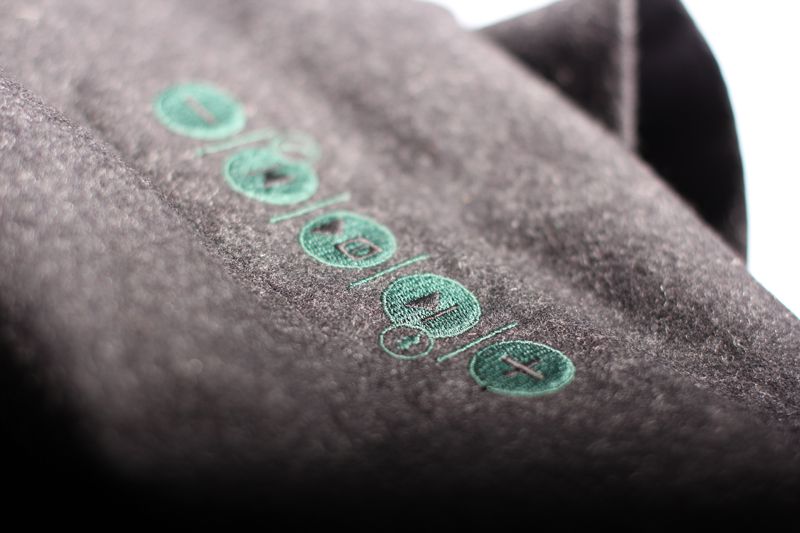Textile Integration
Facilitate User Interaction
The Internet of Things (IoT) comprises heterogeneous devices all connected to the Internet. Smart phones, smart sensors or smart textiles gather data such as the users position, surrounding temperature, noise-level or system status information. Analysis of those data enable to provide efficient feedback to draw the users attention to notable events. Cyber physical systems generate relevant information when, where and how it is needed.
-
Why are textile interfaces beneficial?
Depending on the use case, textile interfaces increase efficiency by providing rapid and intuitive access. In industrial environments they improve work processes and simplify existing workflows. They enable truly hands-free operations as no additional handheld devices are necessary.
-
How are textiles interfaces integrated into textiles?
There are many ways to implement textile interfaces. The most common way in 2-layer garments is to use mechanical switches or capacitive sensors positioned on the sleeve, glued or laminated to the inner side of the outer shell. Other solutions are snap buttons, in which sensors like a microphone or actuators.
-
Which domains benefit from such interfaces?
Users from any domain could profit from textile integrated interfaces. They contribute to the digitization within industry 4.0 applications, help to improve ergonomic aspects and reduce the risk of short and long-term health conditions. In domains, where special clothing or personal protection equipment is mandatory, textile interfaces offer opportunities for improvements.
-

Electronics in Textiles
Core of building successful products is a harmonized, seamless integration into the garment. Interactive Wear is utilizing textile elements like snap buttons for mechanical and electrical connection or for integrating sensors and actuators.